
A young female patient in her early 30s visited my dental practice seeking a solution for the replacement of her congenitally missing maxillary lateral incisors (teeth Nos. 7 and 10) following orthodontic treatment.
I evaluated the case and determined that only a smaller-diameter implant could facilitate tooth replacement due to the lack of mesial-distal space and the distance between adjacent natural tooth roots.
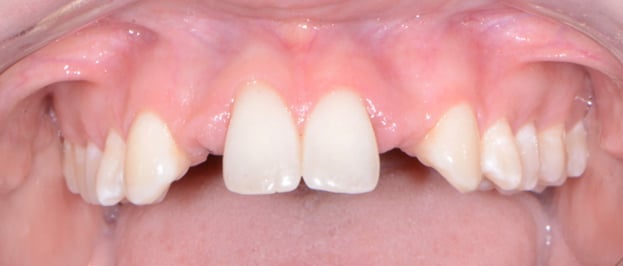
Congenitally missing maxillary lateral incisors
Treatment Plan
After careful evaluation, I decided to use the 2.75mm x 16mm Adin CloseFit™ UNP implants for this case.
The ITX Pros virtual assistance was used to precisely plan the implant placement, ensuring accuracy of placement in all three dimensions.
Adin CloseFit™ UNP implants were chosen due to their uniquely designed small diameter, which addresses narrow ridges in atrophic jaws for exceptional esthetic results.
The implants were also chosen for their strong conical shape designed to minimize micro movements, which promotes bone stability and faster healing.
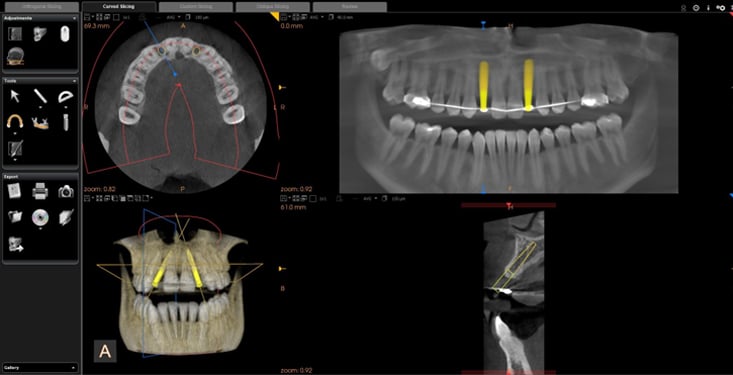
The ITX Pros virtual assistance was used to precisely plan the implant placement
Surgical Procedure
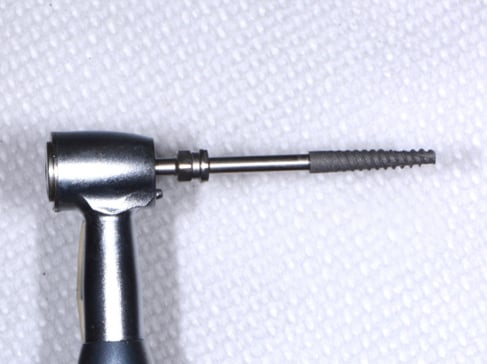 The maxillary anterior area of teeth Nos. 7-10 was anesthetized using 1.8 mL 4% Septocaine® with 1:100,000 epinephrine.
The maxillary anterior area of teeth Nos. 7-10 was anesthetized using 1.8 mL 4% Septocaine® with 1:100,000 epinephrine.
Once the anesthesia was administered, a surgical guide was fabricated, and the site for the implant was prepped with a 1.95-mm pilot drill through the surgical guide extending through the soft tissue using a surgical motor. The pilot drill was advanced to the proper depth of 16 mm, a parallel pin gauge was placed in the site of the osteotomy, and an x-ray was taken to check the angulations of the pin between the adjacent teeth
within the maxilla. The final drill in the Adin CloseFit™ UNP kit was used to form the final osteotomy.
Once the osteotomy was completed, a 2.75mm x 16mm Adin UNP implant was placed into the areas with the driver until optimal torque was achieved. The implant was torqued to final depth, reaching a torque level of 45 Ncm, and a postoperative radiograph was made of the implants to confirm ideal placement.
Healing caps were then inserted into the implants to allow for osseointegration.
Restorative Procedure
Four to five months postoperatively, impression posts were placed, and a full arch impression was taken with Panasil impression material, along with a bite and opposing impression, and sent to the dental laboratory.
The lab technician created screw-retained crowns according to our instructions.
On the day of delivery, the healing caps were removed, and the restorations were inserted and seated to final torque according to the manufacturer's instructions.
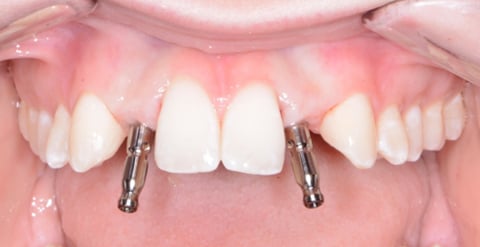
Four to five months postoperatively, impression posts were placed
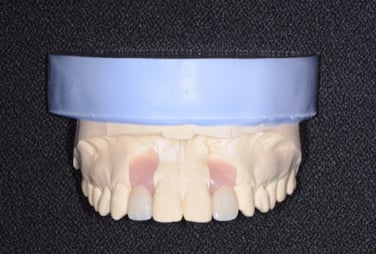
Conclusion
The use of smaller-diameter dental implants like Adin's CloseFit™ UNP allowed for the restoration of the patient's missing teeth and proper form and function, which may have otherwise been unachievable.
The patient was pleased with the esthetic and functional outcome of the treatment.
I would recommend Adin CloseFit™ UNP implants for cases where there is a lack of space for a normal implant due to narrow ridges in atrophic jaw.
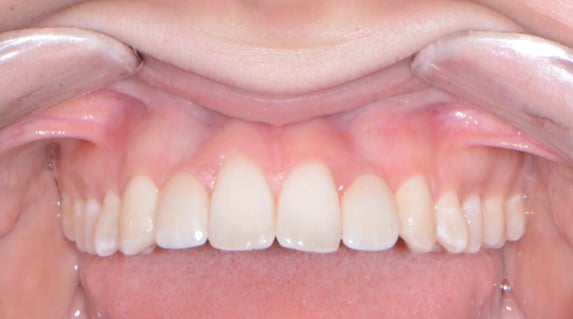
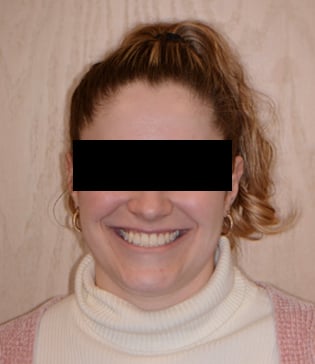
The patient was pleased with the esthetic and functional outcome of the treatment



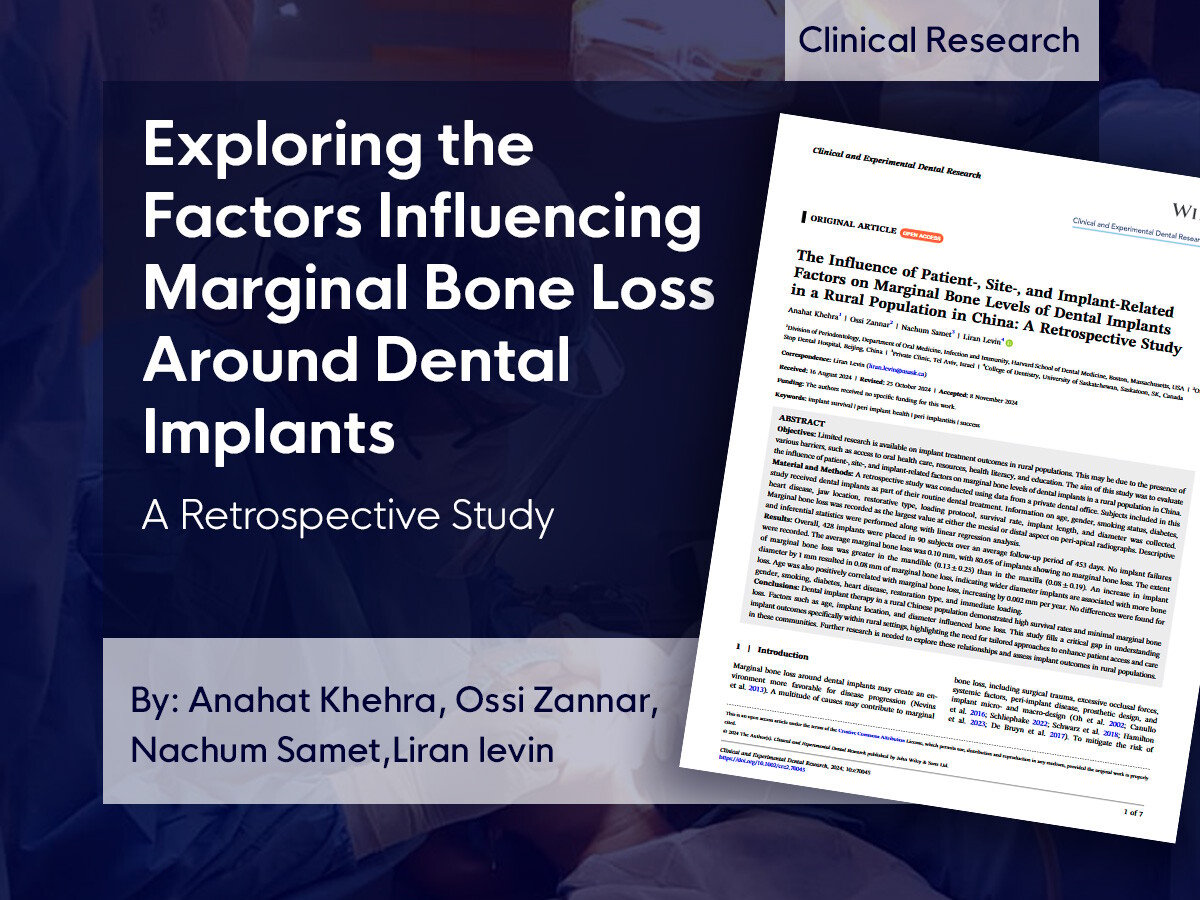
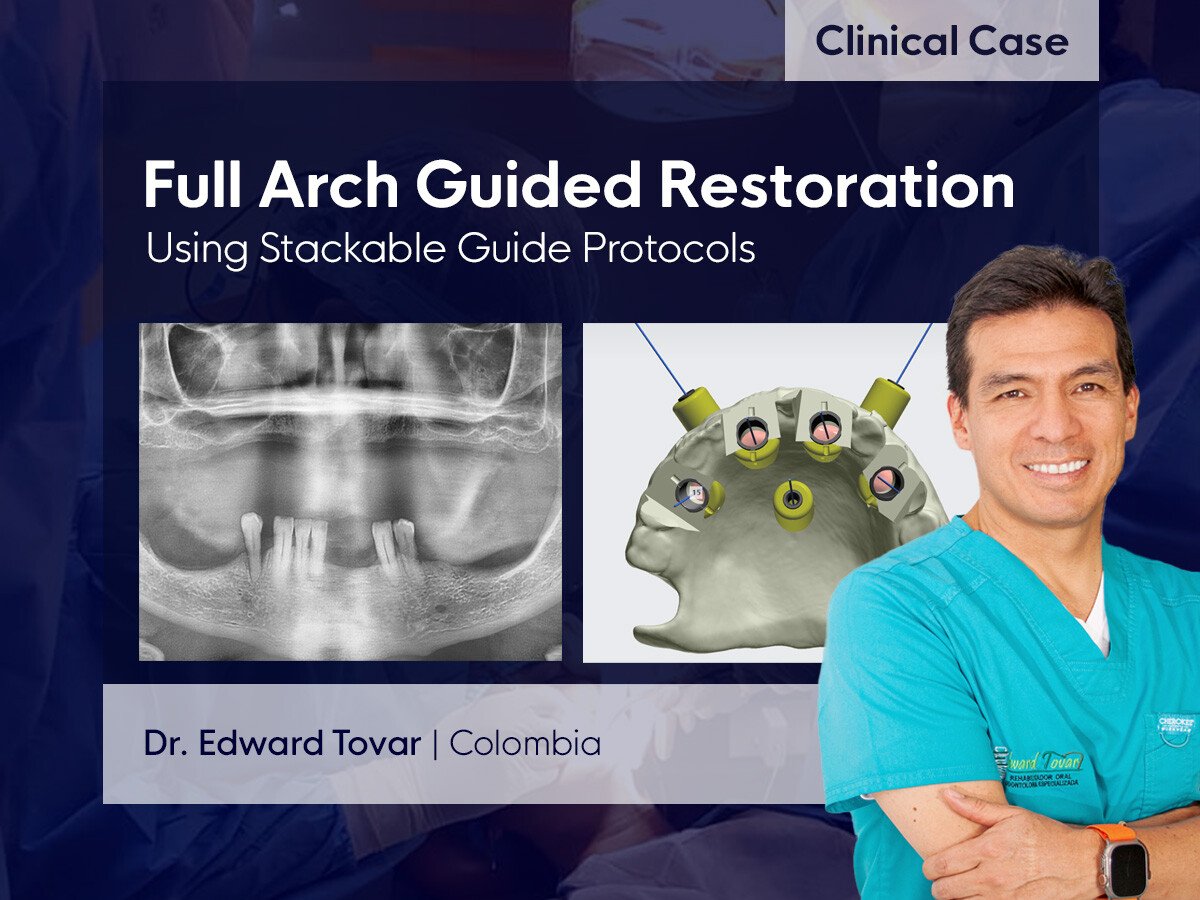



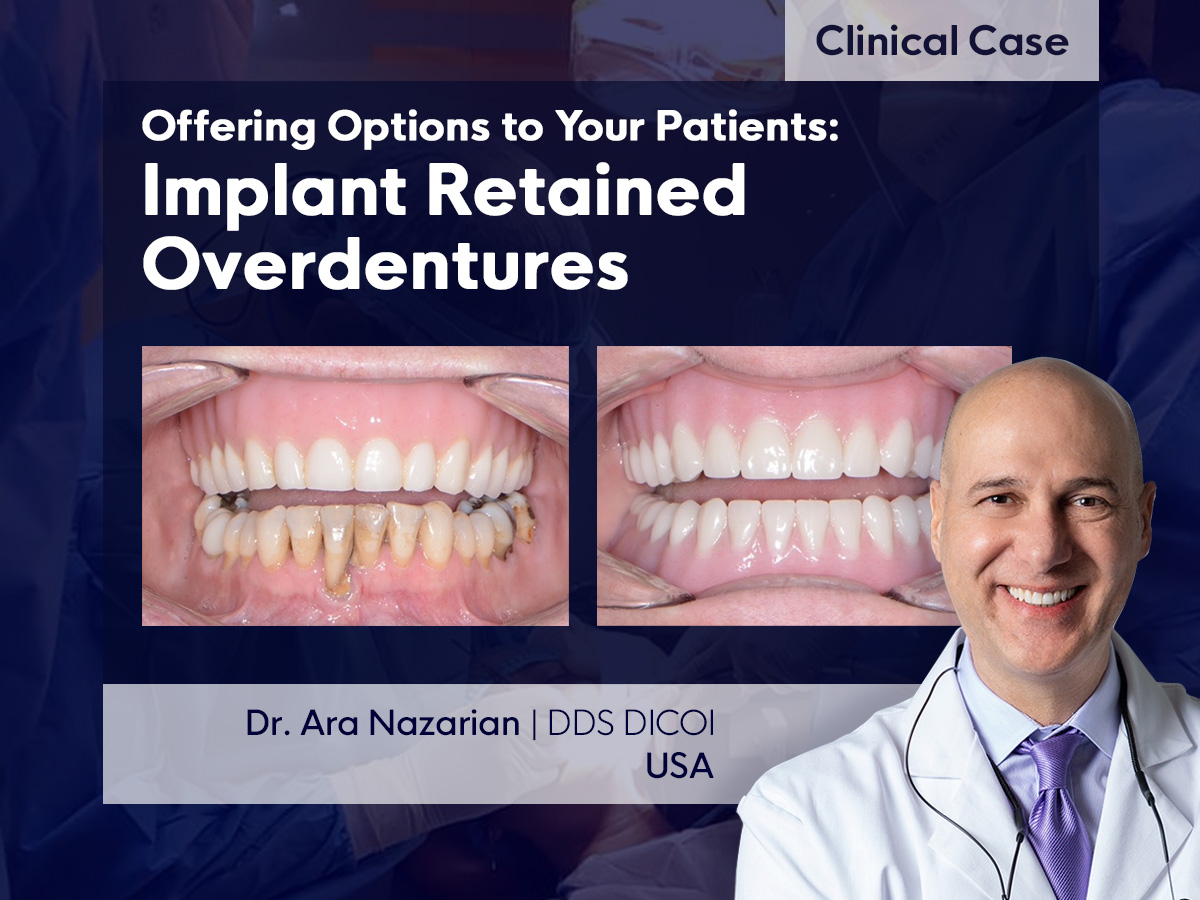
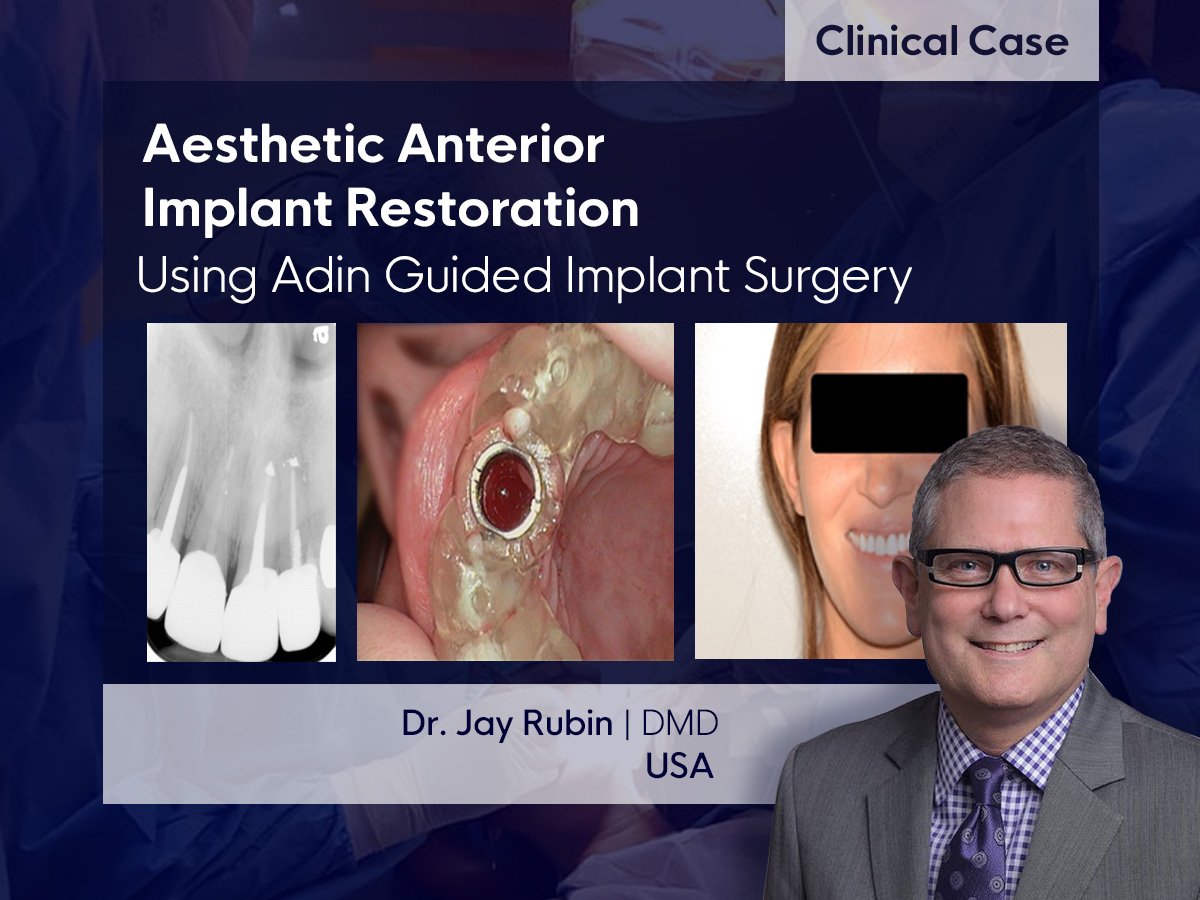




Leave a Comment